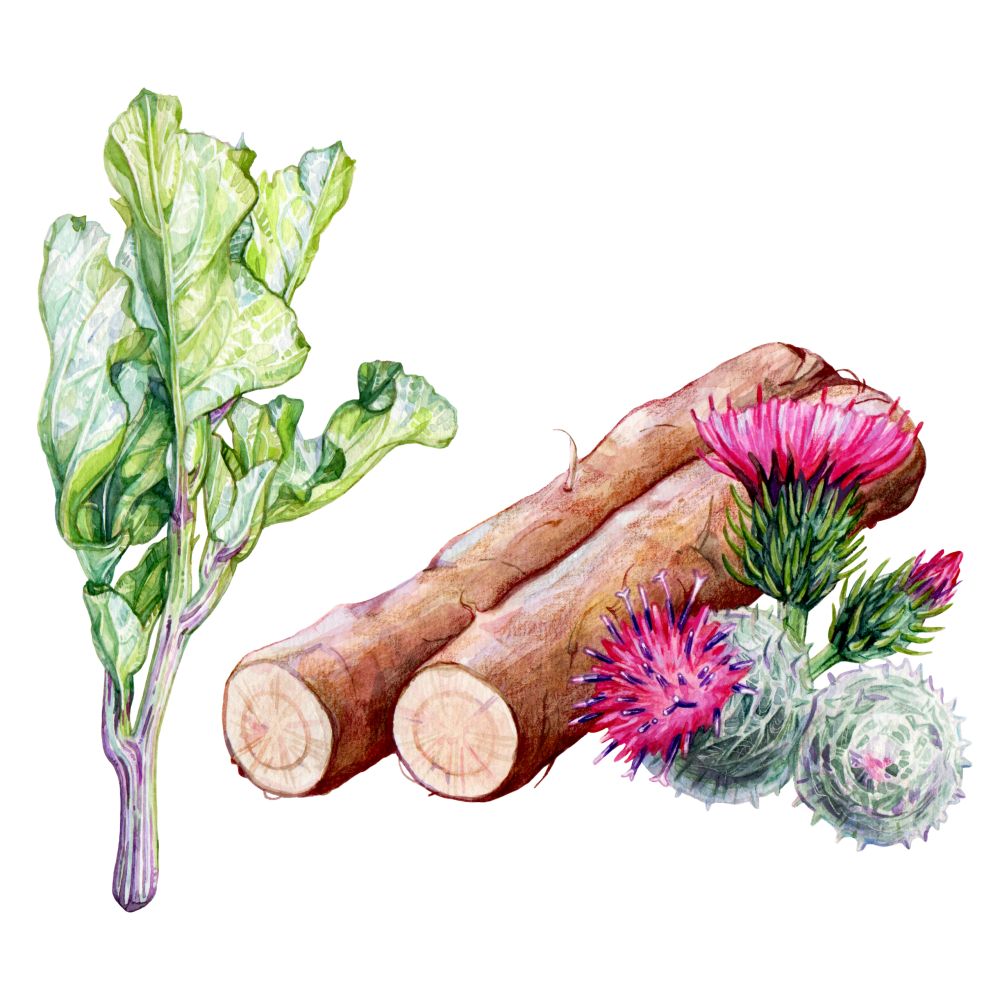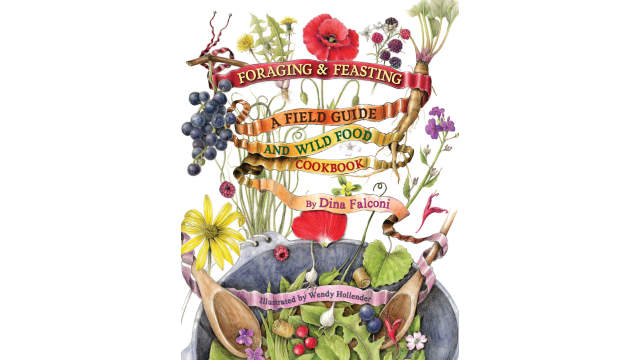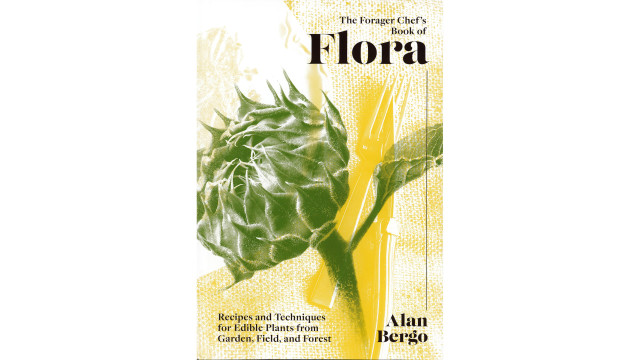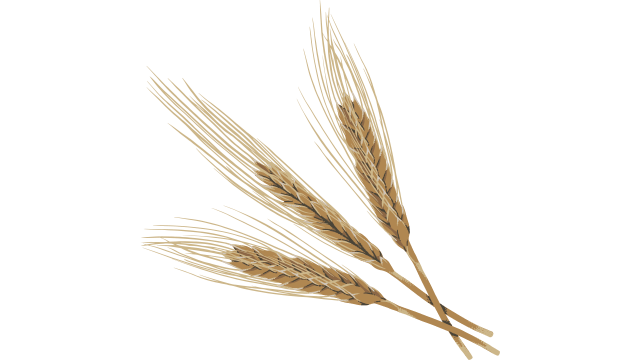Burdock

Latin name: Arctium lappa
Other names: greater burdock, beggar’s buttons, happy major, gobo
Uses: root vegetable, green vegetable (stem)
What is burdock?
Burdock is one of just a handful of daisy family members whose roots we consume (salsify, dandelion, and chicory being a few others). Burdock is not a subtle plant. Its leaves are giant, its fruit is a spiny burr that inspired the invention of Velcro, and its slender taproot can grow up to three feet long. Its popularity in the West took off in the 1970s when the enthusiastically pro-burdock macrobiotic diet fad swept the US.
Why is burdock healthy?
Burdock’s wild, earthy bitterness is a good indicator of its powerful nutritional benefits. In addition to a wide range of vitamins and minerals, it contains powerful antioxidants, including quercetin, luteolin, and phenolic acids. The root is also rich in the prebiotic fiber inulin, which is essential for gut health and can help regulate blood sugar. Considered by several traditions to be a blood purifier, burdock may detoxify heavy metals, promote healthy circulation, and strengthen the lymphatic system.
What does burdock taste like?
Being a root vegetable, burdock has an earthy, almost muddy flavor with a slight sweetness; being a relative of dandelions and chicory, it also has a slightly bitter pungency. Its flower stems can be peeled and eaten like cardoon, which it resembles in flavor and to which it is closely related.
How do I use burdock?
To reduce any harsh muddy flavor or bitterness, you should peel and julienne the root and soak in cold water or 5-10 minutes. The intensity can be used to your advantage, though — in Japan it’s considered a harmonious flavor with pork-miso soup and in the vegetable-mushroom pilaf takikomi gohan, and you can use it to cut through rich/savory and salty/fatty flavors.
What does burdock pair well with?
In Italy it’s used in nearly identical ways as cardoon — simmer the peeled young stems until tender and then dredge in egg and garlicky breadcrumbs, fry, and sprinkle with grated parmesan and chopped parsley.
Japan seems to have the most appreciation for burdock in general, however; there julienned gobō is stir-fried with carrot and then braised in sweet soy sauce broth until tender-crisp for kinpira gobō (commonly added to bento boxes) or blanched and dressed in a creamy mayo dressing as a salad. You’ll sometimes find bright orange pickled burdock (yamagobo) in sushi.
Where does burdock grow?
Burdock is native to temperate regions, pretty much running the entirety of the European and Asian continents from the British Isles to China, as well as Scandinavia, the Mediterranean, and the Middle East. It’s naturalized in disturbed areas; in the US, burdock grows as a weed in alleys, roadsides, pastures, and waste areas. It responds well to nitrogen inputs, so it grows pretty much anywhere frequented by livestock or dog-walkers.
How to buy burdock:
Look for roots that are firm and not limp or shriveled.
Fun burdock fact:
The English beverage called “dandelion and burdock” has been brewed since the Middle Ages. Originally a fermented beverage like mead, the herbal drink is now commercially produced as a soda. Much like its culinary cousin root beer (which traditionally made with the root bark of sassafras or sarsaparilla), the beverage is still flavored with extracts of dandelion and burdock roots.



